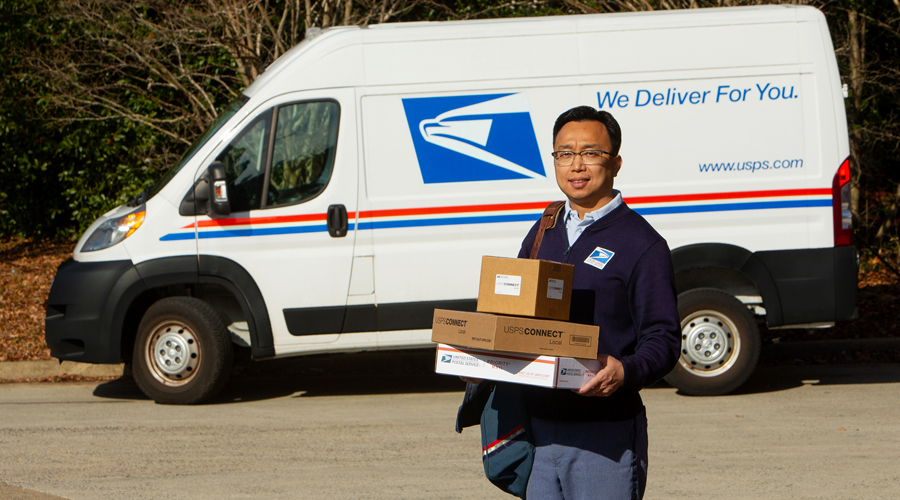
If you’ve ever winced at the cost of mailing a package—whether it’s a birthday gift, a small business order, or just a stack of holiday cards—you’re not alone. Sending anything these days can feel like a hit to the wallet.
While most of us have come to expect the occasional price bump, the next round of changes might be significant than just a few extra cents.
The US Postal Service (USPS) is facing a financial storm, reporting a staggering $9 billion loss this year.
For many, that figure may seem like just another headline in a sea of economic troubles—but its ripple effects could land in your mailbox sooner than expected.
As the USPS scrambles to stay afloat, one potential fix is beginning to take shape—and it could mean higher costs for millions of Americans who rely on regular mail.[p/]
Why the USPS is struggling and why prices are going up
The USPS has been weathering financial headwinds for years, largely due to the unique demands of its business model.
Unlike most federal agencies, the USPS doesn’t receive taxpayer funding for its day-to-day operations. Instead, it relies on revenue from postage, packaging, and delivery services to fund a nationwide network—one that, by law, must reach every address in the country. That universal service obligation brings high and unavoidable logistical costs.
Compounding the challenge are rising expenses for labor and fuel, alongside a major shift in consumer behavior.
As Americans increasingly turn to digital communication and online billing, USPS is left balancing its traditional role with the demands of a digital-first economy while handling declining mail volumes.
Maintaining reliable service while adapting to these changes has become one of the agency’s most pressing challenges.
Despite a modest 1.2% revenue boost—thanks in part to its affordable Ground Advantage service—the USPS still ended the year with a $9 billion deficit, only slightly better than last year’s $9.5 billion loss.
While postage hikes often dominate the headlines, they’re just one piece of a much larger puzzle. The agency is grappling with deep-rooted structural issues that can’t be solved by rate increases alone.
As Postmaster General David Steiner put it, “To correct our financial imbalances, we must explore new revenue opportunities and public policy changes to improve our business model”.
That means the road to stability may require not just higher prices, but broader reforms—from legislative action to expanded service offerings.
What are the new price hikes?
If the proposed changes get the green light from the Postal Regulatory Commission, here’s what you can expect from January 18, 2026:
- Priority Mail: Up by 6.6%
- Priority Mail Express: Up by 5.1%
- USPS Ground Advantage: Up by 7.8%
- Parcel Select: Up by 6%
The good news? First-class stamp prices are staying put—for now. Because these rates are linked to the consumer price index, they’re reviewed on a separate schedule and won’t be affected by the January changes.

What happens next?
The proposed price increases are now under review by the Postal Regulatory Commission. If approved, they’ll take effect on January 18, 2026—giving businesses and individuals a brief window to prepare for changes that could affect shipping budgets nationwide.
It’s a timely reminder to reassess shipping strategies and stay alert to cost changes.
For older adults—many of whom still rely on physical mail for bills, prescriptions, and personal correspondence—these changes may have a noticeable impact.
As the postal landscape evolves, so do the ways we connect, communicate, and deliver. While these rate hikes may sting, they reflect the USPS’s broader push to remain financially sustainable and relevant in an increasingly digital world.
We’d love to hear your thoughts! Have you felt the pinch of rising postage costs lately? Got any smart tips for cutting down on shipping expenses—or memorable stories about sending or receiving mail? Drop your experiences in the comments below. Let’s help each other stay connected without breaking the bank!
And as always, keep an eye on The GrayVine for the latest updates on postage, savings, and all things relevant to adults over 60.






